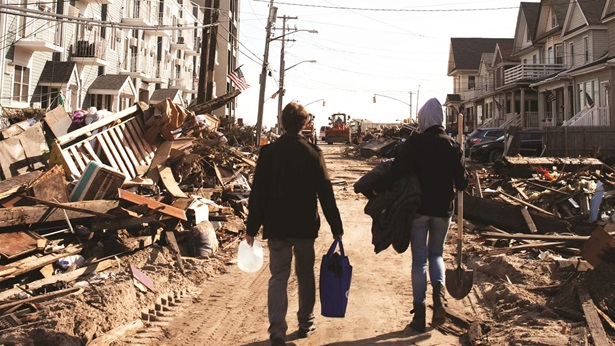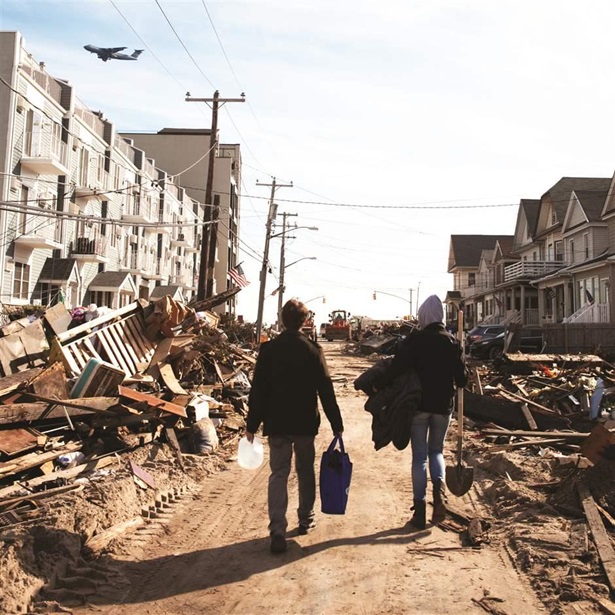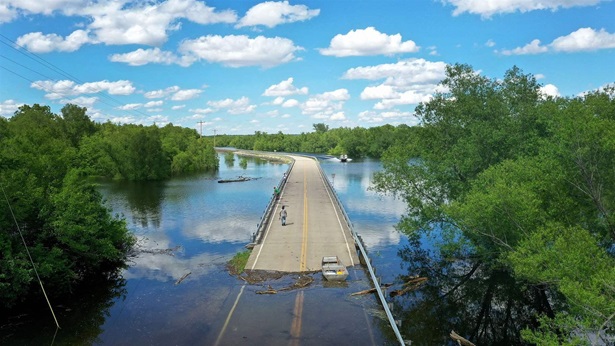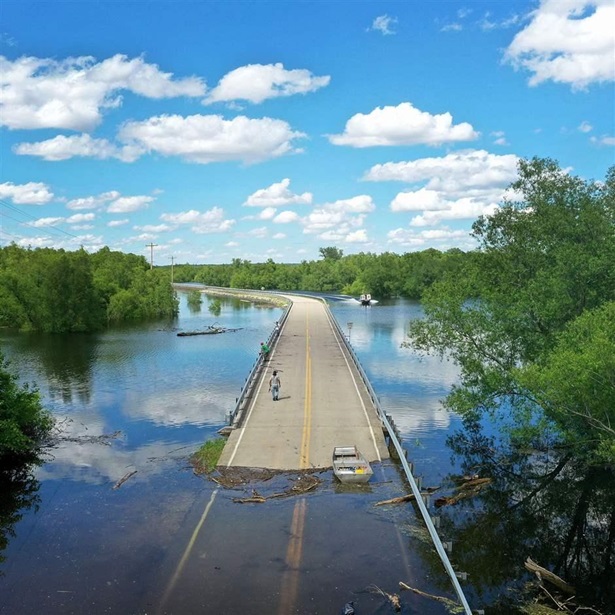National Conference of State Legislatures Calls for Assessing Disaster Funding and Boosting Mitigation
Association report spells out wide range of recommendations for state policymakers
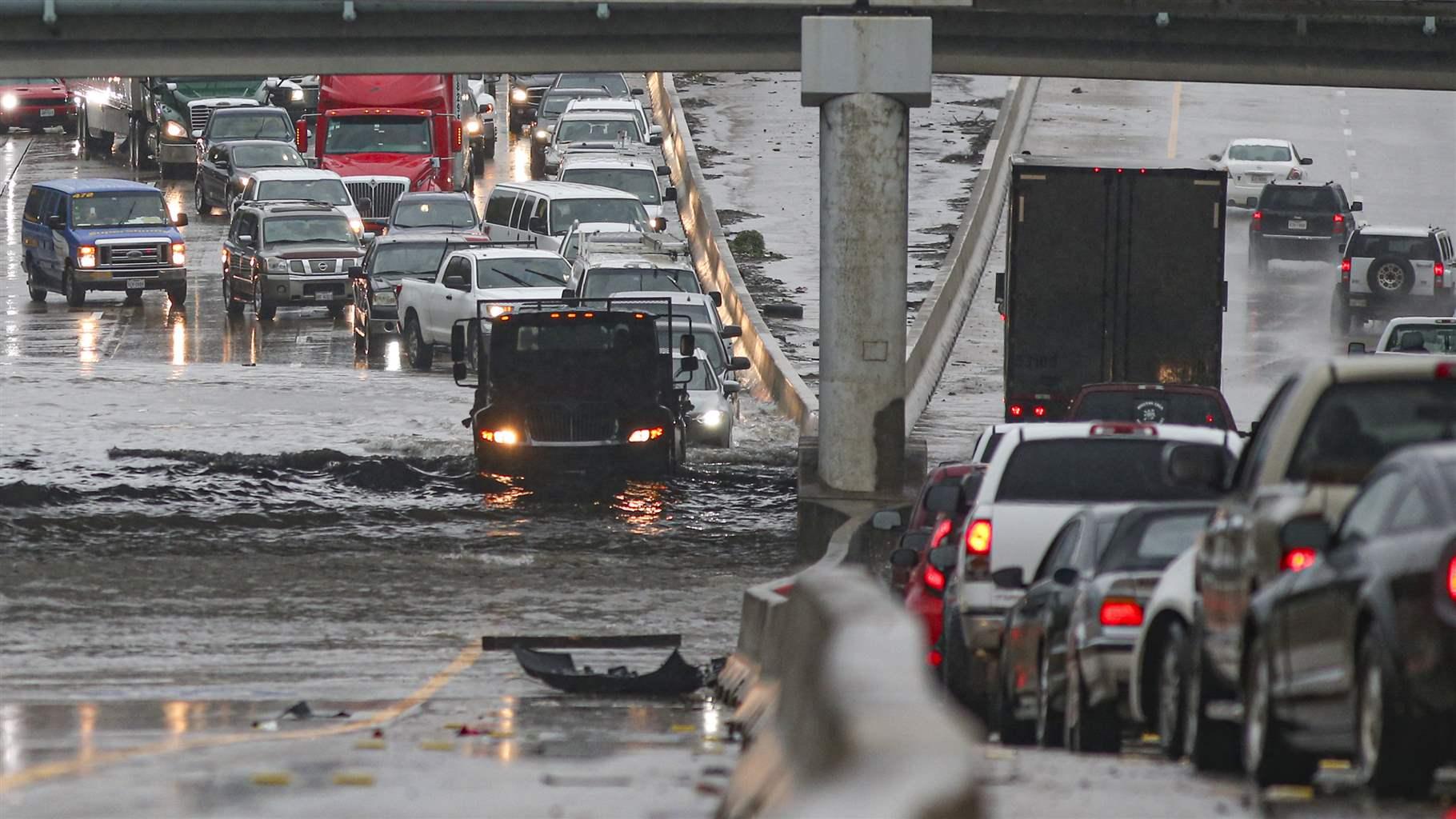
The National Conference of State Legislatures (NCSL) recently outlined a broad menu of policy recommendations aimed at improving the way that states prepare for and deal with natural disasters. The report, released in April, focuses on steps to better assess disaster spending and budgeting practices and to boost investments in mitigation.
Its publication capped the work of NCSL’s Public-Private Partnership on Disaster Mitigation and Recovery, a multiyear initiative that brought together state policymakers and diverse nongovernment partners, including The Pew Charitable Trusts. The association tasked the group with developing best practices for dealing with the impact of more frequent, severe, and expensive disaster events. The final recommendations are a product of NCSL and do not necessarily reflect agreement among all participants.
The report comes as the nation faces rising disaster costs and federal policymakers consider ways to manage disasters that could end up transferring more responsibility to the states. Expenditures for the Federal Emergency Management Agency’s public assistance program alone increased by 23% when comparing the 2000-09 and 2010-19 decades. The federal government as a whole spent at least $460 billion on disaster costs from 2005 to 2019.
NCSL’s recommendations encapsulate four main areas: disaster funding, disaster policy reform, interstate mutual aid, and the roles of the private sector and nonprofits. The report’s authors recommend that states better track their disaster spending. Pew research has shown that most states do not currently have systems in place to capture these expenditures comprehensively, partly because they are spread across many state agencies and programs.
To address this issue, the report recommends that state lawmakers consider creating a study committee, holding hearings with state entities charged with spending these funds, or putting in place new reporting requirements. Better tracking can lead to more transparency and help policymakers understand how current resources could be spent more strategically—including on cost-saving mitigation activities.
Additionally, the report recommends that states look at the budgetary tools they use to pay for disaster costs. Pew has found that most states turn to five common budgeting mechanisms—statewide disaster accounts, rainy day funds, supplemental appropriations, transfer authority, and state agency budgets—but use them very differently from state to state. NCSL supports a focus on statewide accounts and rainy day funds as ways for states to put money aside for disasters before they occur.
The report also highlights policy initiatives that state lawmakers can consider to encourage investment in disaster mitigation. Research shows a return of $6 for every $1 invested in mitigation activities that help reduce risk and future disaster losses.
According to NCSL, policymakers should consider creating statewide resilience plans that centralize their approach to dealing with the challenges associated with disasters. To reduce flooding, the report recommends building structures higher than projected flood levels, state-run voluntary property buyout programs, and nature-based mitigation as especially effective strategies. States also can use the recommended fiscal assessments to identify resources that could be better put toward investments in mitigation, rather than paying for recovery after disasters occur.
The report spells out NCSL’s recommendations related to interstate coordination and the role of the private sector. It also includes a full list of participants and other activities undertaken by the association’s public-private partnership.
Colin Foard is a manager with The Pew Charitable Trusts’ fiscal federalism initiative, and Matthew Fuchs is an officer with Pew’s flood-prepared communities project.

